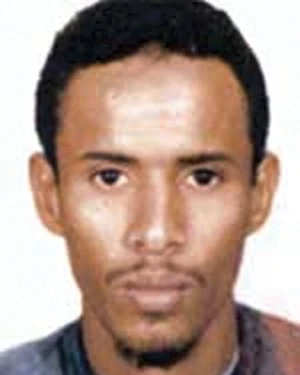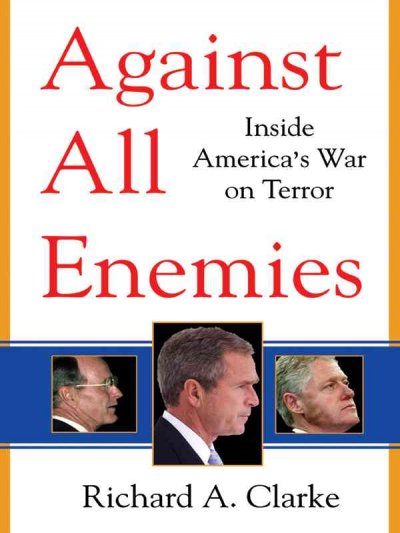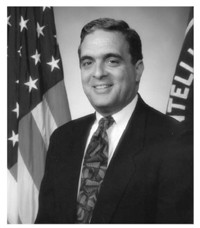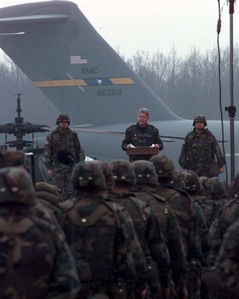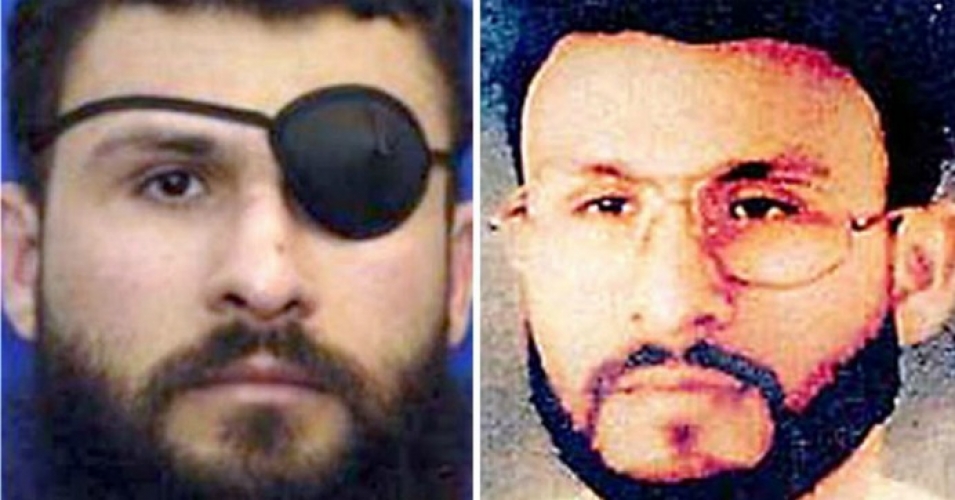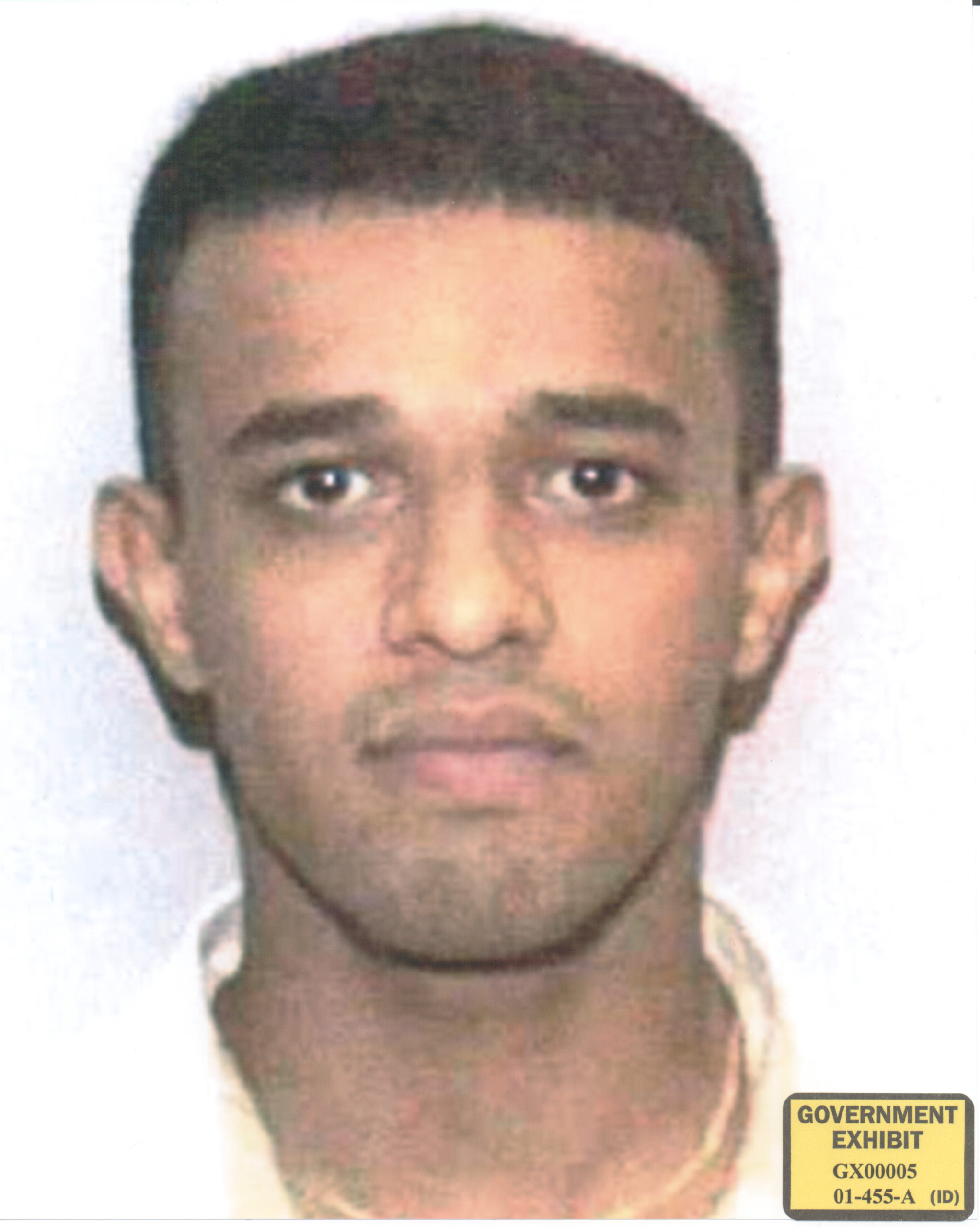A grand jury in the Southern District of New York (SDNY) returns an indictment against five additional suspects in the case of the United States v. Usama bin Laden, et al. The five suspects—Saif Al-Adel, Abdullah Ahmed Abdullah (Abu Muhammad al-Masri), Muhsin Musa Matwalli Atwah, Ahmed Mohamed Hamed Ali, and Anas Al-Libi—are charged in the overall conspiracy, led by al Qaeda, to kill U.S. nationals and engage in other illegal acts.
In addition, Abdullah Ahmed Abdullah is charged for his role as the mastermind of the August 7, 1998 bombings of the U.S. embassies in Nairobi, Kenya, and Dar es Salaam, Tanzania.
Abdullah Ahmed Abdullah was gunned down on the streets of Tehran in August 2020.
Muhsin Musa Matwalli Atwah was killed in an airstrike or drone strike in October 2006.
Ahmed Mohamed Hamed Ali was killed in a drone strike in 2010.
Anas al-Libi was captured by operators of the Joint Special Operations Command in Libya on October 5, 2013. Ten days later, he appeared in Manhattan federal court and pled not guilty to terrorism charges. His trial was scheduled for January 2015, but he died just before it began in a New York hospital.
Saif al-Adel, if alive, is still at large 20 years later.

